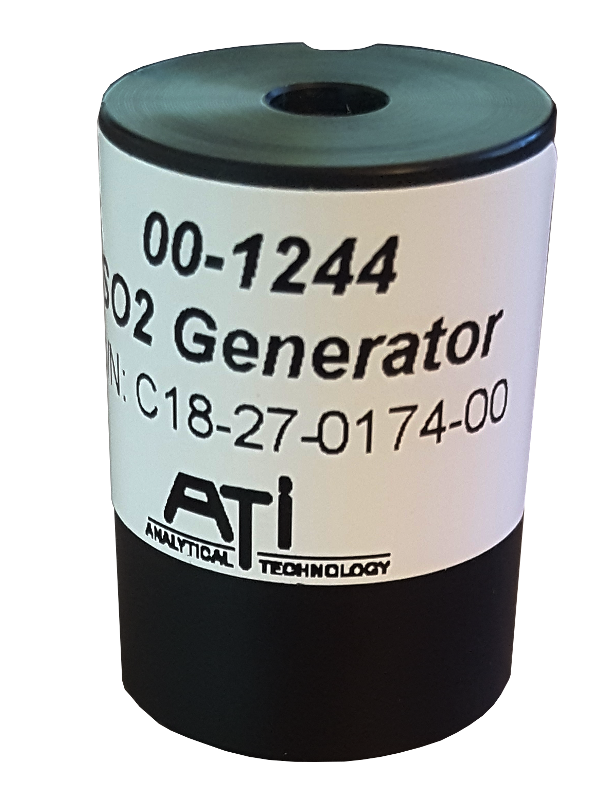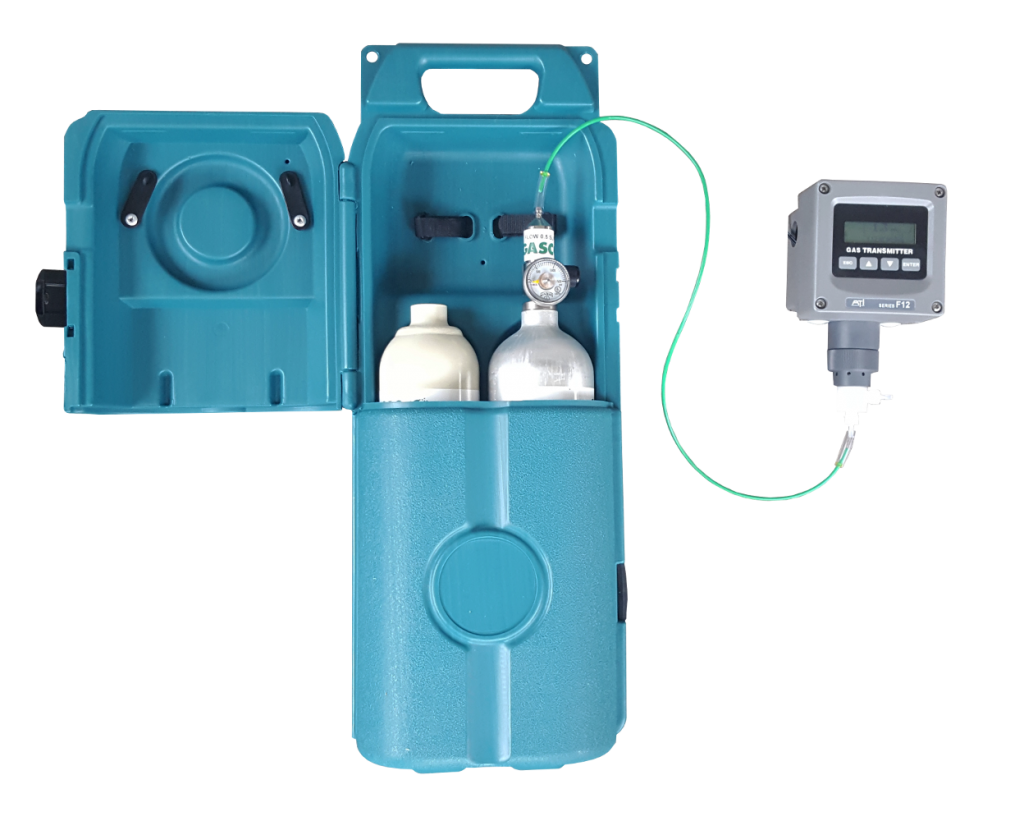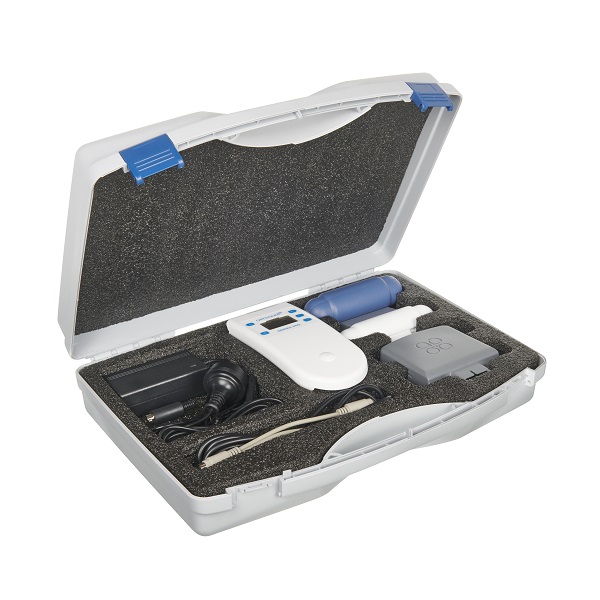Carbon monoxide (CO) is a silent, odorless killer that lurks in many aspects of our daily lives. This toxic gas, often produced through incomplete combustion, poses significant health risks and can be found in various industries, including machinery, automotive, furnaces, and even breweries. In this blog post, we’ll delve into the basics of carbon monoxide, its exposure risks, and how to protect yourself and others.
What is Carbon Monoxide?
Carbon monoxide, with the chemical formula CO, is a colorless, odorless gas that is a byproduct of incomplete combustion of carbon-containing materials. Inadequate oxygen during the combustion process results in higher levels of carbon monoxide emissions compared to carbon dioxide. Sources of carbon monoxide include vehicle exhaust, fuel-burning furnaces, coal-burning power plants, gasoline engines, generators, power washers, fireplaces, grills, water heaters, and forklifts.
Carbon Monoxide Exposure and Health Risks
The danger of carbon monoxide lies in its ability to hinder the blood’s capacity to transport oxygen to tissues and vital organs. When inhaled, carbon monoxide binds to hemoglobin, significantly reducing its oxygen-carrying capacity. In fact, hemoglobin’s affinity for carbon monoxide is a staggering 300 times greater than its affinity for oxygen.
Common symptoms of carbon monoxide exposure include headaches, nausea, rapid breathing, exhaustion, dizziness, confusion, and blurred vision. Prolonged exposure to high levels of carbon monoxide can lead to hypoxia, a severe oxygen deficiency that can cause irreversible neurological, reproductive, and respiratory damage. This silent threat is especially hazardous to vulnerable populations such as young children, the elderly, people with respiratory diseases, smokers, and individuals at high altitudes.
If you suspect carbon monoxide poisoning, it’s crucial to act swiftly. Move the victim to fresh air and call 911 for assistance. Carbon monoxide levels can be particularly elevated in enclosed spaces like boiler rooms, garages, warehouses, refineries, and furnace rooms. Workers in these environments, as well as those near automotive vehicles, need to be aware of the risks and symptoms.
Regulations and Exposure Limits
Several organizations have established exposure limits to protect individuals from the harmful effects of carbon monoxide. The Environmental Protection Agency (EPA), the National Institute for Occupational Safety and Health (NIOSH), and the Occupational Safety and Health Administration (OSHA) have set various standards. Here are some of the most recent exposure limits:
- Not Recommended (EPA)
- AEGL-1 (8 hrs): 420 ppm (EPA)
- AEGL-2 (10 min): 27 ppm (EPA)
- AEGL-2 (8 hrs): 1,700 ppm (EPA)
- AEGL-3 (10 min): 130 ppm (EPA)
- AEGL-3 (8 hrs): 35 ppm (EPA)
- TWA (8 hrs): 50 ppm (NIOSH)
- TWA (8 hrs): 50 ppm (OSHA)
Measuring Carbon Monoxide
To protect against carbon monoxide exposure, it’s essential to measure its levels in the air, often expressed in parts per million (ppm). Monitoring dissolved carbon monoxide levels, especially in areas with a high risk of exposure, is crucial for prevention.
Various devices and kits are available for measuring carbon monoxide, including portable and fixed monitors. Regular calibration of these devices is necessary to ensure accurate measurements. Calibration procedures can vary between manufacturers, and associated costs may fluctuate based on labor and parts requirements.
All our units on measuring Carbon Monoxide can be found here: https://www.gas-sensing.com/support/gas-information/carbon-monoxide.html
Carbon monoxide is a deadly gas that hides in plain sight, often without any warning. Understanding its sources, health risks, and monitoring methods is essential for personal safety, especially for those working in industries where exposure is prevalent. By being aware and taking preventive measures, we can protect ourselves and our communities from the dangers of carbon monoxide.




